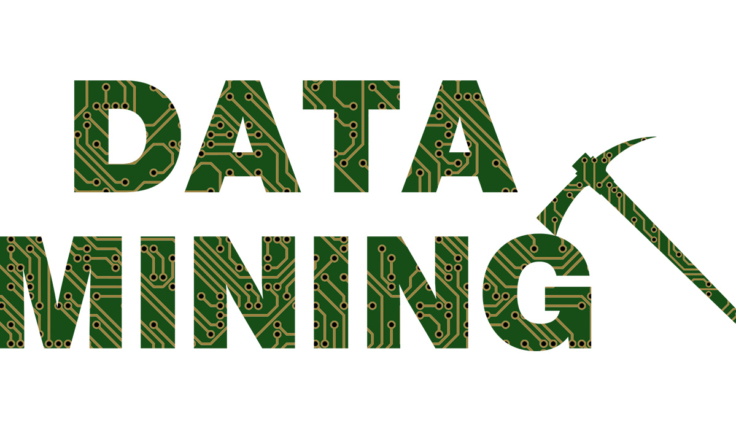
Data mining, anomalies in large data sets to forecast results, is the process of finding patterns and correlations. Using a wide variety of techniques, you can use this information to increase revenue, lower costs, improve customer relationships, reduce risks, and more.
Data mining is the cornerstone of analytics that helps you develop models that can reveal billions of registered connections.
The process of researching data to discover hidden connections and predict future trends has a long history. Sometimes referred to as “knowledge discovery in databases,” the term “data mining” was not invented until the 1990s. But its basis consists of three intertwined scientific disciplines: statistics (the numerical study of data relationships), artificial intelligence (human-like intelligence displayed by software and / or machines), and machine learning (algorithms that can learn from data to make predictions). As data mining technology continues to evolve to keep up with its unlimited big data potential and affordable computing power, the old is new again.
In the last decade, advances in computing power and speed, manual, tedious and time-consuming application extends beyond the quick, easy and allows us to switch to automated data analysis. The more complex the data sets collected, the greater the potential for revealing relevant insights. Retailers, banks, manufacturers, telecommunications providers and insurers, price optimization, promotions and economy demography, risk, competition, and social media business models, revenue, operations and using data mining to discover the relationships between everything from how they affect customer relationships.
So why is data mining important? The volume of data generated doubles in every two years. Unstructured data alone makes up 90 percent of the digital universe. But more information does not mean more accessible information.
Data mining allows you to:
- It takes care of all the chaotic and repetitive noise in your data.
- Makes sense of what is relevant and then makes the best use of this information to evaluate possible consequences.
- It increases the speed of making informed decisions.
Who is using it?
Data mining is at the center of analytical effort across a variety of industries and disciplines.
- Communication
In a heavily loaded market with tight competition, the answers are often in your consumer data.
Multimedia and telecommunications companies can use analytical models to understand a lot of customer data, helping them predict customer behavior and deliver highly targeted and relevant campaigns.
- Education
With unified, data-driven views of student progress, educators can predict student performance before they set foot in the classroom and develop intervention strategies to keep them on track.
Data mining helps educators access student data, predict success levels, and identify students or groups of students who need extra attention.
- Banking
Automated algorithms help banks understand billions of transactions at the heart of the financial system as well as the customer base. Data mining, financial services companies to market risks to see better, to detect fraud faster, manage their legal compliance obligations optimum returns from marketing investments and helps them to achieve.
- Insurance
With analytical know-how, insurers can solve complex problems related to fraud, compliance, risk management and customer loss. Companies have used data mining techniques to more effectively price products across lines of business and find new ways to offer competitive products to existing customer bases.
- Production
Aligning supply plans with demand forecasts, such as early detection of problems, quality assurance, and investment in brand value, is essential. Manufacturers can predict the wear of production assets and anticipate maintenance that maximizes uptime and can keep the production line on schedule.
- Retail
Large customer databases host secret customer insights that can help you develop relationships, optimize marketing campaigns, and forecast sales. With more accurate data models, retail companies can offer more customer-targeted campaigns and find the offer that has the greatest impact on them.





